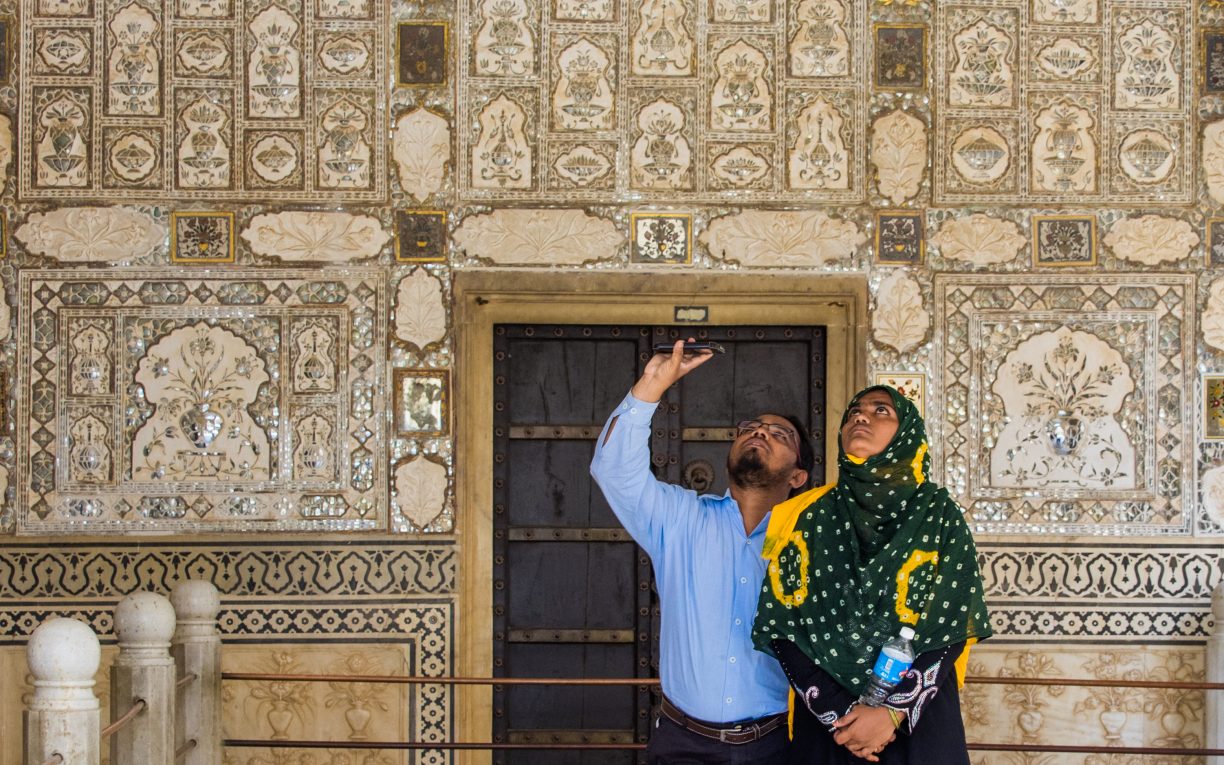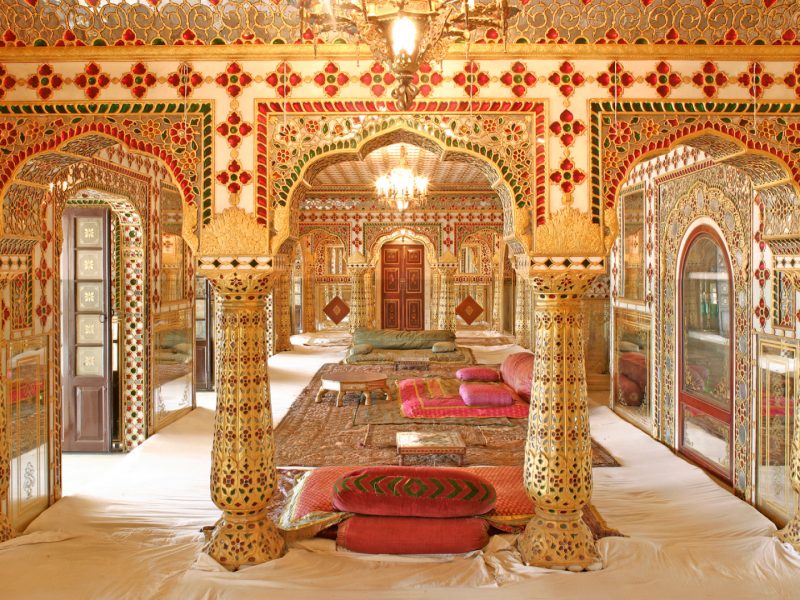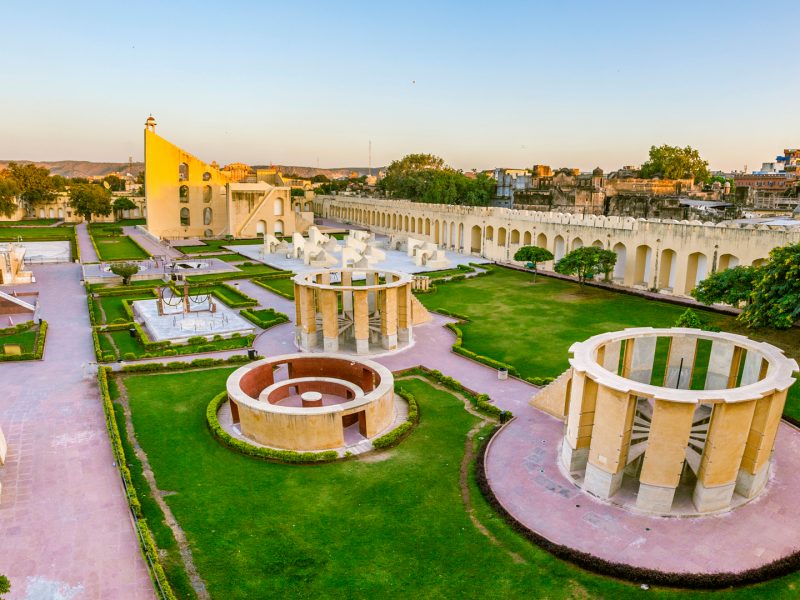
Explore Jaipur, India
Why Jaipur?
The historic gateway to Rajastan
Jaipur, founded by Maharaja Sawai Jai Singh II in 1727, is planned according to Indian Vastu Shastra. Jaipur is the only city in the world symbolizing the nine divisions of the Universe through nine rectangular sectors sub-dividing it. The city is steeped in history and culture. The palaces and forts of yesteryear that were witness to royal splendour and processions are now living monuments. Except for the busy traffic of bicycles, cars and buses, little seems to have changed. This fascinating city with its romantic charm takes you to an epoch of royalty and tradition.
Jaipur Highlights
Here we have selected a few of the sights and experiences that you really should see on a visit to Jaipur.



